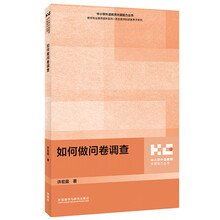朱红英,女,1965年5月生。
1987年,浙江师范大学外国语学院英语专业毕业。
1990-1992年,原杭州大学外语系进修英语专业研究生课程。
1995-1996年,由国家教委公派赴新西兰惠灵顿维多利亚大学学习,主修“英语作为二外教学”,获Cetnficate of Proficiencyin English和Diplomainthe Teachingof Englishasa Second Language研究生学历证书。
现任浙江金融职业学院外语教学部副教授、副主任。近年来在《教育与职业》《扬州大学学报》《宁波工程学院学报》等刊物发表外语教学研究论文10余篇,主持浙江省高校重点教材建设、外语教指委英语类专业教学改革、浙江省外文学会等课题6项,主编教材4部。研究方向主要为外语教育、语言学、职业外语、教育国际化等。
展开










